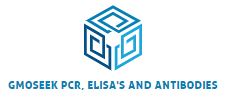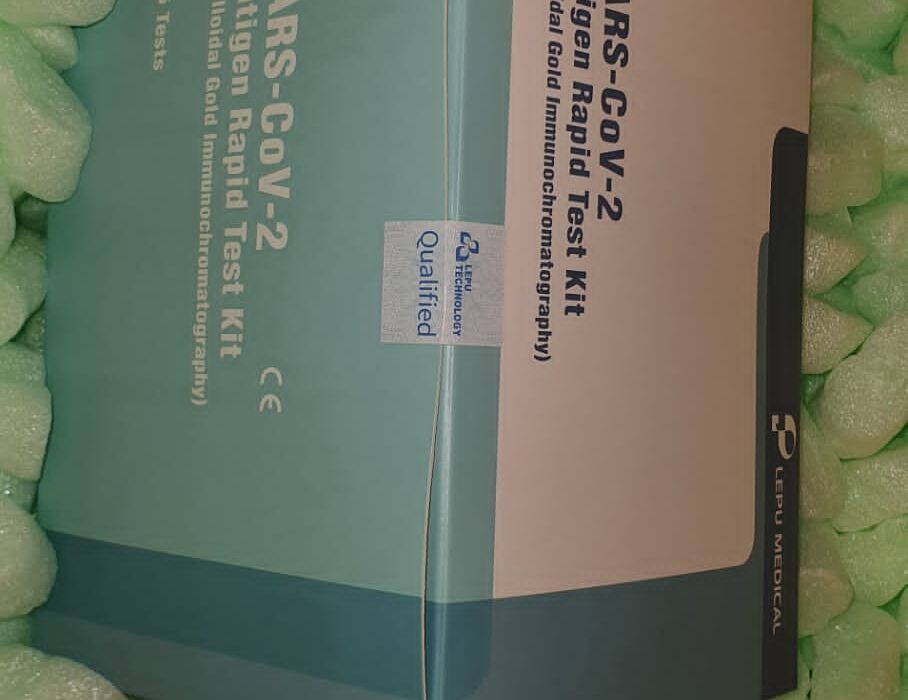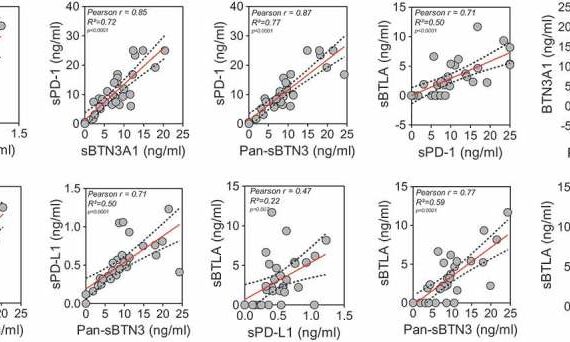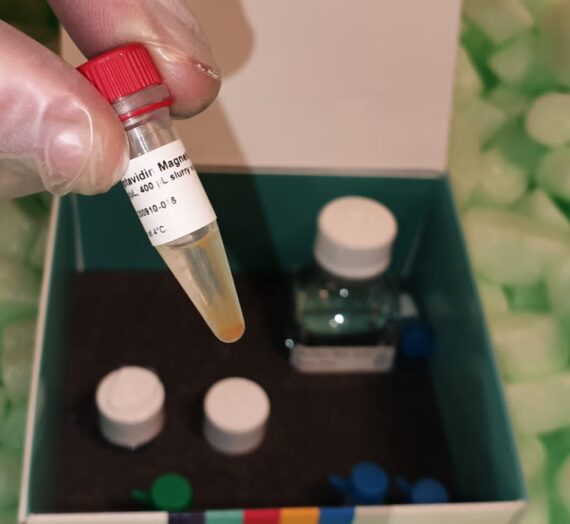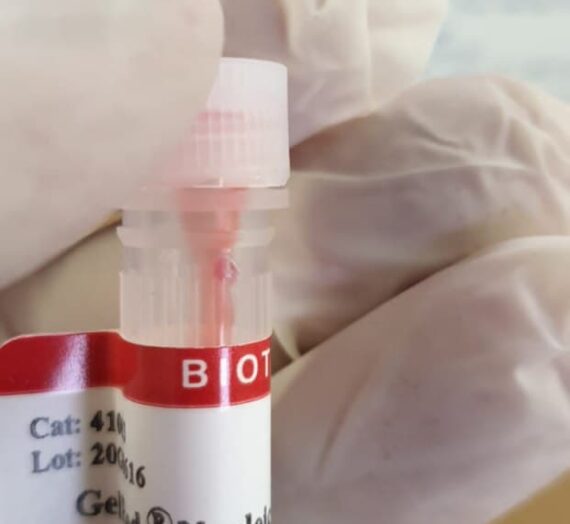enetic testing in hypertrophic cardiomyopathy (HCM) is a revealed guideline-based advice. The diagnostic yield of genetic testing and corresponding HCM-associated genes have been largely documented by single middle research and thoroughly chosen affected person cohorts. Our aim was to judge the diagnostic yield of genetic testing in a heterogeneous cohort of patients with a medical suspicion of HCM, referred for genetic testing from a number of facilities all over the world.
A retrospective evaluate of patients with a suspected medical analysis of HCM referred for genetic testing at Blueprint Genetics was undertaken. The evaluation included syndromic, myopathic and metabolic etiologies. Genetic take a look at outcomes and variant classifications have been extracted from the database. Variants categorized as pathogenic (P) or doubtless pathogenic (LP) have been thought of diagnostic. A complete of 1376 samples have been analyzed. Three hundred and sixty-nine exams have been diagnostic (26.8%); 373 P or LP variants have been recognized. Only one copy quantity variant was recognized.
The majority of diagnostic variants concerned genes encoding the sarcomere (85.0%) adopted by 4.3% of diagnostic variants recognized in the RASopathy genes. Two % of diagnostic variants have been in genes related to a cardiomyopathy aside from HCM or an inherited arrhythmia. Clinical variables that elevated the chance of figuring out a diagnostic variant included: an earlier age at analysis (p < 0.0001), a increased most wall thickness (MWT) (p < 0.0001), a optimistic household historical past (p < 0.0001), the absence of hypertension (p = 0.0002), and the presence of an implantable cardioverter-defibrillator (ICD) (p = 0.0004).
The diagnostic yield of genetic testing in this heterogeneous cohort of patients with a medical suspicion of HCM is decrease than what has been reported in well-characterized affected person cohorts. We report the best yield of diagnostic variants in the RASopathy genes recognized in a laboratory cohort of HCM patients thus far. The spectrum of genes implicated in this unselected cohort highlights the significance of pre-and post-test counseling when providing genetic testing to the broad HCM inhabitants.
Australia and New Zealand renal gene panel testing in routine medical apply of 542 households
Genetic testing in nephrology medical apply has moved quickly from a uncommon specialised take a look at to routine apply each in pediatric and grownup nephrology. However, clear info pertaining to the doubtless end result of testing continues to be lacking. Here we describe the expertise of the accredited Australia and New Zealand Renal Gene Panels medical service, reporting on sequencing for 552 people from 542 households with suspected kidney illness in Australia and New Zealand. An growing quantity of referrals have been processed since service inception with an general diagnostic fee of 35%.
The chance of figuring out a causative variant varies based on each age at referral and gene panel. Although outcomes from excessive throughput genetic testing have been primarily for diagnostic functions, they’ll more and more play an vital function in directing remedy, genetic counseling, and household planning. The advantages of no-cost genetic testing initiatives haven’t been characterised. The no-cost My Retina Tracker Genetic Testing Study (MRT-GTS) analysis registry for inherited retinal degenerations (IRDs) was launched in 2017 in the US.
Here, we report the event of a novel assay, which we time period the PluriLum assay, the place we now have launched a luciferase reporter gene into the locus of NKX2.5 of our hiPSC line. This enabled us to measure luminescence intensities as an alternative of counting beating cardiomyocytes, which is much less labor intensive. We established two NKX2.5 reporter cell strains and validated their pluripotency and genetic stability. Moreover, we confirmed that the genetically engineered NKX2.5 reporter cell line differentiated into cardiomyocytes with the identical effectivity as the unique wild-type line.
We then uncovered the cells to valproic acid (25-300 μM) and thalidomide (0.1-36 µM) and in contrast the PluriBeat readout of the cardiomyocytes with the luminescence depth of the PluriLum assay. The outcomes confirmed that thalidomide decreased luminescence depth considerably with a increased efficiency and efficacy in comparison with the beating readout. With this, we now have developed a novel hiPSC-based assay with a standardized readout that will have the potential for increased throughput screening for developmental toxicity.
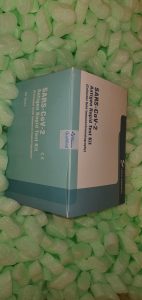
Trophectoderm biopsy protocols might influence the speed of mosaic blastocysts in cycles with pre-implantation genetic testing for aneuploidy
This research aimed to investigate the influence of completely different biopsy protocols on the speed of mosaic blastocysts. This is a retrospective cohort research which included 115 cycles with pre-implantation genetic testing for aneuploidy (PGT-A). Two teams have been allotted based mostly on the biopsy protocols: technique 1 group, the zona pellucida (ZP) was drilled on day Three embryos adopted by trophectoderm (TE) biopsy; and technique 2 group, the ZP was opened on day 5 or 6 blastocysts adopted by TE biopsy. All biopsy samples have been assessed utilizing next-generation sequencing (NGS) at a single reference laboratory. The euploid, aneuploid, and mosaic blastocyst charges and medical outcomes have been in contrast.
The mosaicism fee in the strategy 1 group was 19.58%, considerably increased than the strategy 2 group (8.12%; P < 0.05). No statistically vital distinction was noticed in euploid, aneuploid blastocyst charges, and medical being pregnant charges between the 2 teams. Logistic regression evaluation indicated that the biopsy protocols have been independently related to the mosaicism charges amongst all of the variables. The current research confirmed that completely different biopsy protocols might have an effect on the mosaic blastocyst fee. ZP opening on day Three mixed with TE biopsy may improve the incidence of mosaic blastocysts.
[Linking template=”default” type=”products” search=”Water Testing Kit” header=”1″ limit=”136″ start=”2″ showCatalogNumber=”true” showSize=”true” showSupplier=”true” showPrice=”true” showDescription=”true” showAdditionalInformation=”true” showImage=”true” showSchemaMarkup=”true” imageWidth=”” imageHeight=””]
To take a look at giant numbers of chemical compounds for developmental toxicity, fast in vitro exams with standardized readouts for automated information acquisition are wanted. However, probably the most broadly used assay, the embryonic stem cell take a look at, depends on the counting of beating embryoid our bodies by visible inspection, which is laborious and time consuming. We beforehand developed the PluriBeat assay based mostly on differentiation of human induced pluripotent stem cells (hiPSC) that we demonstrated to be predictive for identified teratogens at related concentrations utilizing the readout of beating cardiomyocytes.

